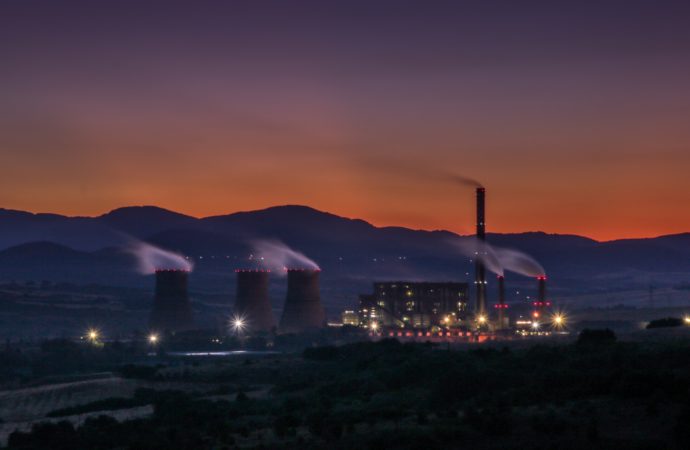A new bombshell report released today by the Breakthrough Institute details the lengths gone to by a prominent environmental group and a major renewables lobbyist to produce a bogus study in order to justify closing California’s last operating nuclear plant.
Here’s an excerpt:
Since PG&E negotiated an agreement with anti-nuclear environmental groups in 2016 to shutter the Diablo Canyon Nuclear Power Plant, proponents of closing the plant have consistently asserted a preposterous claim, one that until recently has been broadly accepted by California legislators and regulators with little dissent. They claim that it will be cheaper to close the Diablo Canyon plant, which has already been paid for by ratepayers and provides 10 percent of California’s electricity, and replace it with new sources of renewable energy and energy efficiency investments, instead of continuing to operate it.
The claim is based upon a single study, commissioned by Friends of the Earth, an environmental nonprofit foundationally opposed to the power plant’s continued operation, and conducted by a well-known renewable energy lobbyist, V. John White of the Center for Energy Efficiency and Renewable Technologies (CEERT). With the California Legislature currently debating Governor Gavin Newsom’s proposal to keep Diablo open, a reckoning of how CEERT concluded that it was cheaper to close Diablo, how its flawed analysis came to be accepted by PG&E, the California Public Utility Commission, and the California Legislature, and the costs that CEERT’s deeply flawed analysis has imposed upon California ratepayers and taxpayers is long overdue.
The full damning report can be found here. I encourage anyone interested to read it fully to get a sense of how anti-nuclear zealotry in certain environmental circles can combine with deep-pocketed solar and wind interests to the detriment of both ratepayers and the atmosphere.
At a time when the Golden State already boasts some of the highest electric bills in the nation, proponents for early closure of the fully-paid for Diablo Canyon plant propose instead to spend $3.7 billion in new ratepayer money on new rooftop solar, off-shore wind, energy storage, and transmission—none of which can replace the firm generation of nuclear.
When the state is facing an estimated 1,700-5,000 MW capacity shortfall in electricity due to its aggressive moves to transition away from fossil fuels, the hasty shuttering of an additional 2100 MW in firm generation stands only to provide an entry for more fossil fuel use. That’s simply the only other viable alternative in the near to medium term, particularly as the state continues to experience heightened blackout risks.
In almost every single instance where a nuclear plant was prematurely phased out at the behest of environmental activists, fossil fuels have replaced the shortfall in capacity.
The 2013 closure of California’s San Onofre plant, the state’s last early closure of a nuclear plant, led to a 37 Million Metric Ton increase in CO2 emissions in the state in the four years immediately following its closure. That’s because fossil fuels were the only reliable substitute for it’s baseload power.
The experience has been much of the same in New York, Pennsylvania, Massachusetts, Florida, Wisconsin, and Vermont where capacity shortfalls from nuclear plant closures over the last decade were replaced almost entirely with either gas or coal.
If you want a reliable grid with firm generating capabilities, your options are fossil fuels, hyrdopower, or nuclear. If zero emissions is the goal, you’re left with nuclear and hydro. And because the threat of recurring droughts continues to plague the American West, there’s really only one sustainable option to provide the bulk of the reliable generating capacity in a zero-carbon future.
As the conversation around getting advanced nuclear power a foothold in Colorado starts to gain traction, opposition will undoubtedly arise. And when it does, simply ask yourself cui bono?
As the examples from fights in other states have shown, certainly not the environment or the ratepayer.









